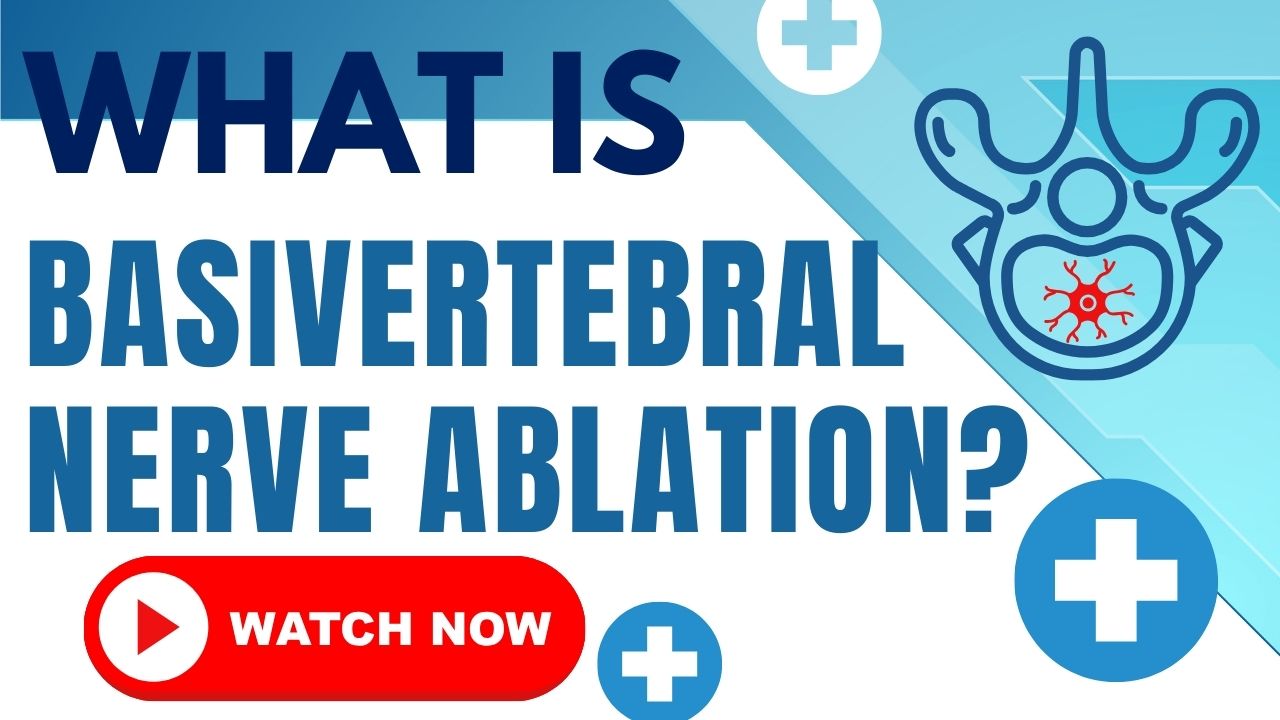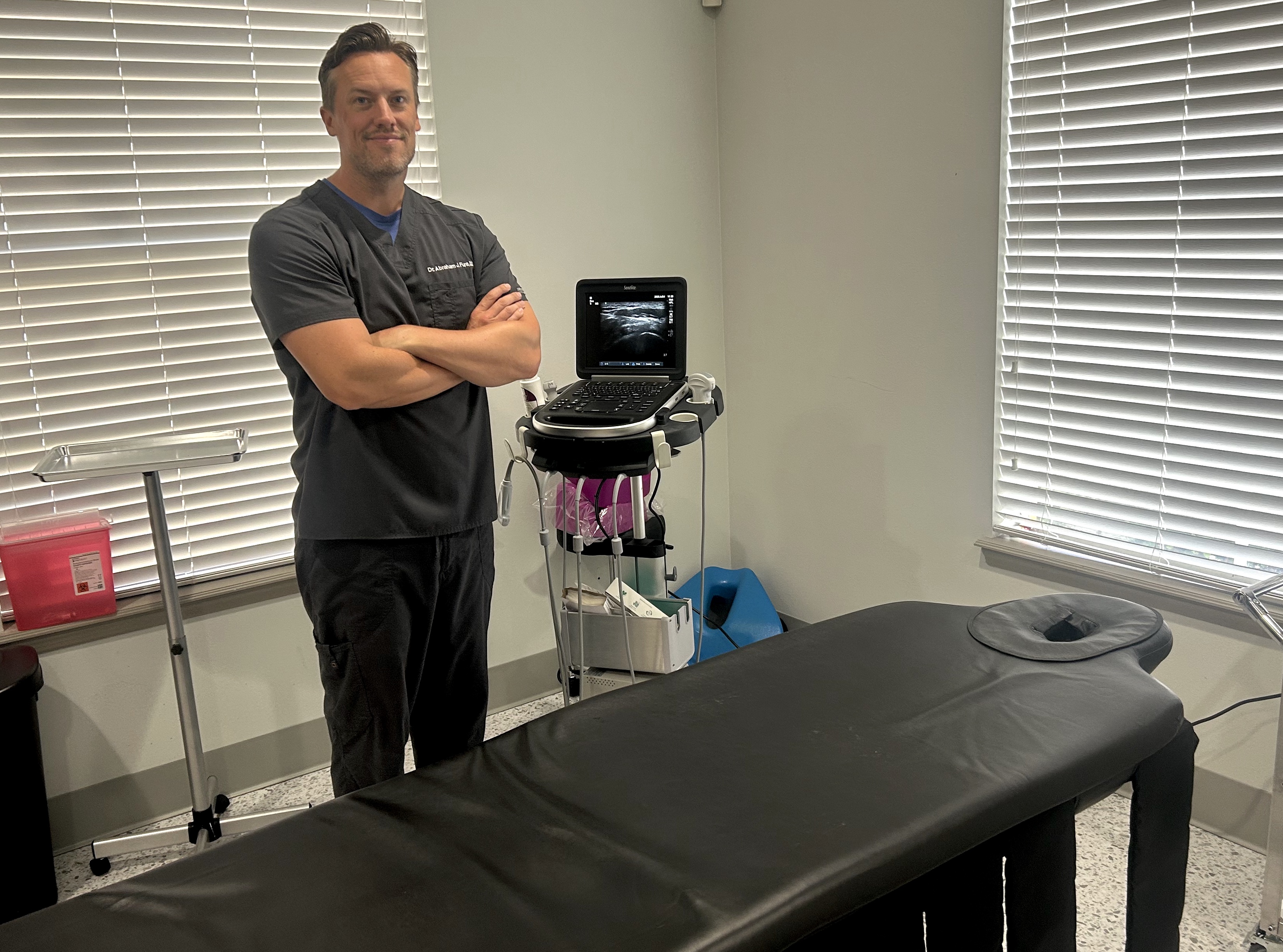
TREATMENT OVERVIEW
Basivertebral Nerve (BVN) Ablation is a revolutionary, minimally invasive treatment for a specific type of chronic low back pain known as vertebrogenic pain. This pain originates from damaged vertebral endplates and is transmitted by the basivertebral nerve. The Intracept® Procedure stops the pain at its source by ablating this nerve, offering durable, long-lasting relief without an implant.


PROCEDURE DETAILS
The Basivertebral Nerve Ablation is performed on an outpatient basis under sedation and local anesthetic to ensure you are comfortable. While you are lying face down, the skin on your lower back is cleaned and numbed.
Using fluoroscopy (live X-ray) for precise guidance, your physician makes a small incision and places a specialized instrument through the pedicle bone and into the vertebral body. A channel is created, providing a direct path to the basivertebral nerve.
The Intracept® radiofrequency probe is then inserted through this channel to the target nerve. The probe's tip is carefully heated for approximately 15 minutes, which ablates (destroys) the nerve and stops it from sending pain signals. The instruments are then removed, and a small bandage is placed over the incision.
TREATMENT ADVANTAGES
This breakthrough procedure offers a new hope for patients with chronic low back pain who have not found relief with traditional treatments.
This is the only procedure designed to treat vertebrogenic pain, which originates from damage inside the vertebral bodies themselves, not the discs or joints.
Clinical studies have proven that patients experience significant pain relief and functional improvement that lasts for many years after the procedure.
This is an implant-free procedure that does not alter the structure of the spine, making it a safe and effective alternative to spinal fusion surgery.
Patients consistently report a dramatic improvement in their ability to perform daily activities and a significant reduction in their level of disability.
By providing lasting relief at the source, many patients are able to significantly decrease or completely eliminate their need for chronic opioid medication.
Unlike injections that may need to be repeated every few months, basivertebral nerve ablation is typically a one-time procedure designed to provide long-term results.
IMPORTANT INFORMATION
Basivertebral Nerve Ablation is a safe and effective procedure with a strong clinical track record. While complications are rare, it is a surgical procedure and has potential risks that will be discussed with you.
Important: This procedure is only for patients with a specific diagnosis of vertebrogenic pain, confirmed by symptoms and MRI findings. Careful patient selection is key to the procedure's success.
PREPARATION GUIDE
Proper preparation is key to a successful and smooth procedure. Please review the following important steps to ensure you are ready for your appointment.
Ensure you have a thorough review with Dr. Fura. Disclose all allergies, especially to medications like contrast dye.
Stop blood thinners and other specific medications as instructed by Dr. Fura before your procedure.
Do not eat or drink after midnight. You must arrange for a responsible adult to drive you home afterward.
Wear comfortable, loose clothing. Avoid jewelry and leave valuables at home for safekeeping.
RECOVERY GUIDE
Recovery involves managing some temporary soreness while your body heals. It's important to be patient, as the full pain-relieving benefits build gradually over time.
After a short monitoring period, you will be discharged home with a driver. Rest is important. Use ice packs on the incision site to help manage soreness.
It is normal to experience moderate soreness and muscle spasms. Use medication as prescribed. You should limit bending, lifting, and twisting, but begin short, gentle walks.
The initial soreness will subside. Your pain relief from the procedure will gradually increase during this time. You can slowly expand your activities and may begin a formal physical therapy program.
Follow-up appointments are scheduled to monitor your healing and progress. Full pain relief can continue to improve for up to three months after the procedure.
Please don't hesitate to reach out and request an appointment. We look forward to meeting with you, addressing your concerns, and working together to enhance your quality of life.